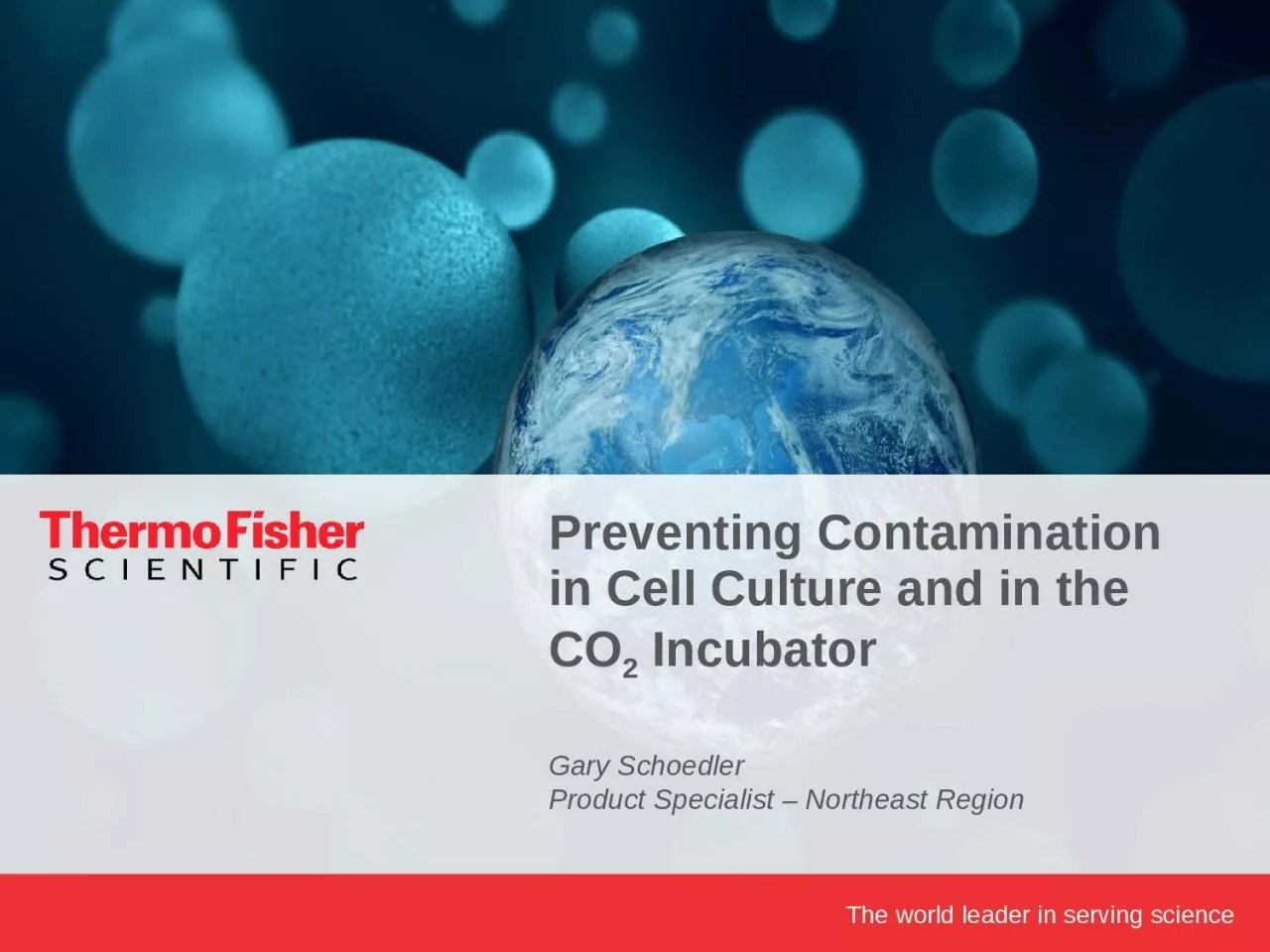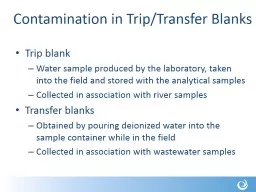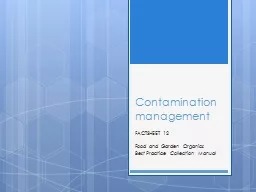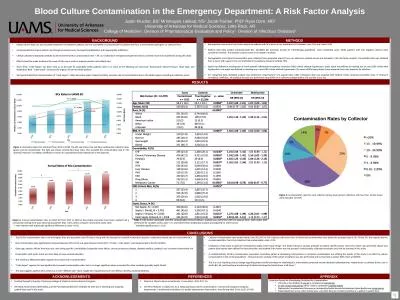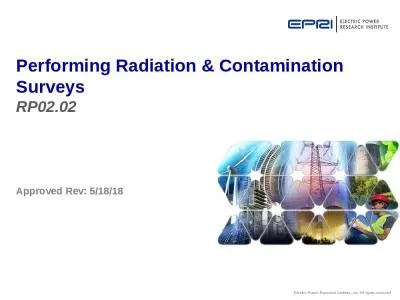PPT-Preventing Contamination in Cell Culture and in the CO
Author : lam | Published Date : 2022-07-15
2 Incubator Gary Schoedler Product Specialist Northeast Region But How Can I Reduce Contamination Dont Relax Your Aseptic Technique Clean the Lab 12 Times Per Month
Presentation Embed Code
Download Presentation
Download Presentation The PPT/PDF document "Preventing Contamination in Cell Culture..." is the property of its rightful owner. Permission is granted to download and print the materials on this website for personal, non-commercial use only, and to display it on your personal computer provided you do not modify the materials and that you retain all copyright notices contained in the materials. By downloading content from our website, you accept the terms of this agreement.
Preventing Contamination in Cell Culture and in the CO: Transcript
Download Rules Of Document
"Preventing Contamination in Cell Culture and in the CO"The content belongs to its owner. You may download and print it for personal use, without modification, and keep all copyright notices. By downloading, you agree to these terms.
Related Documents

